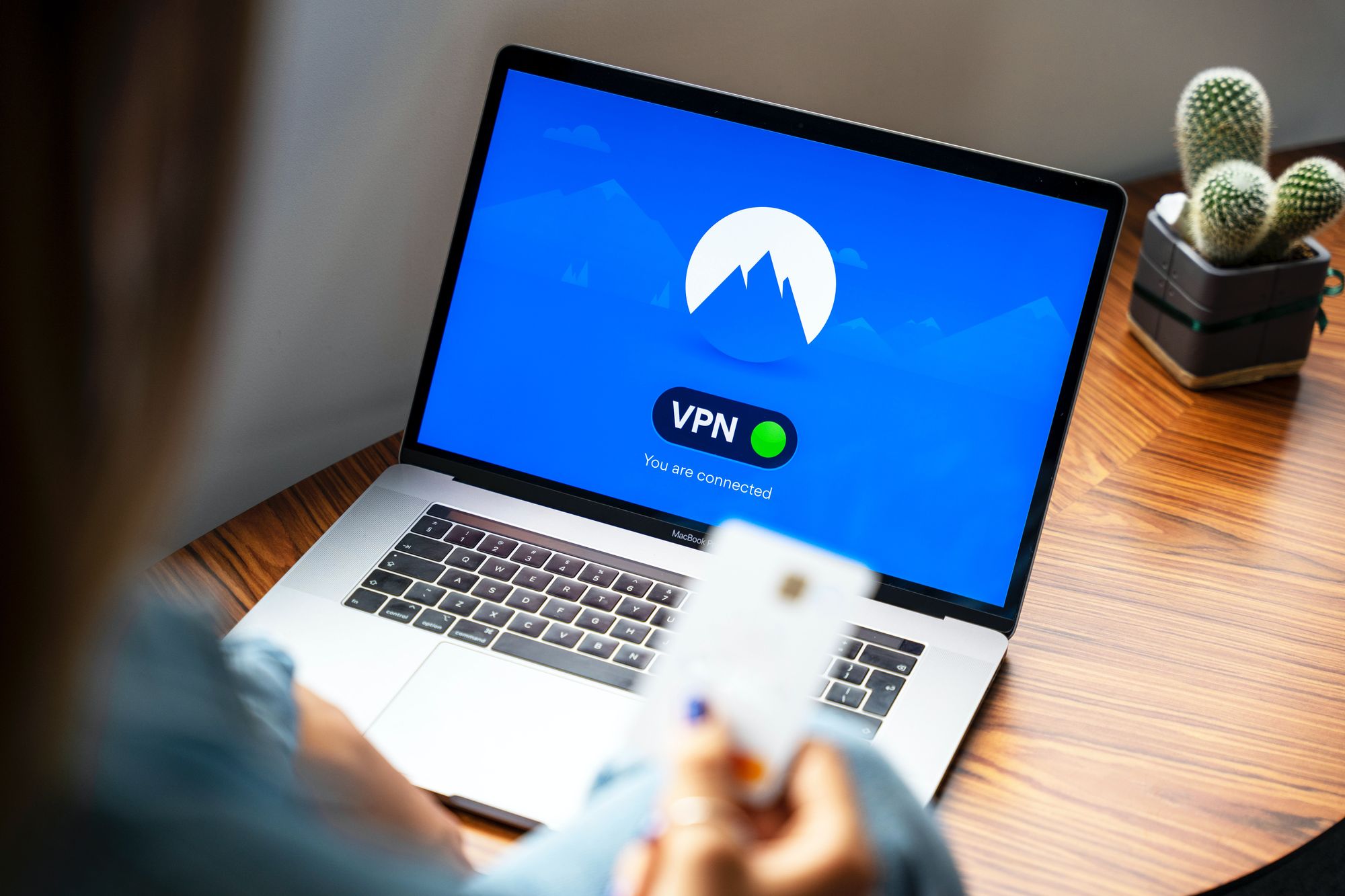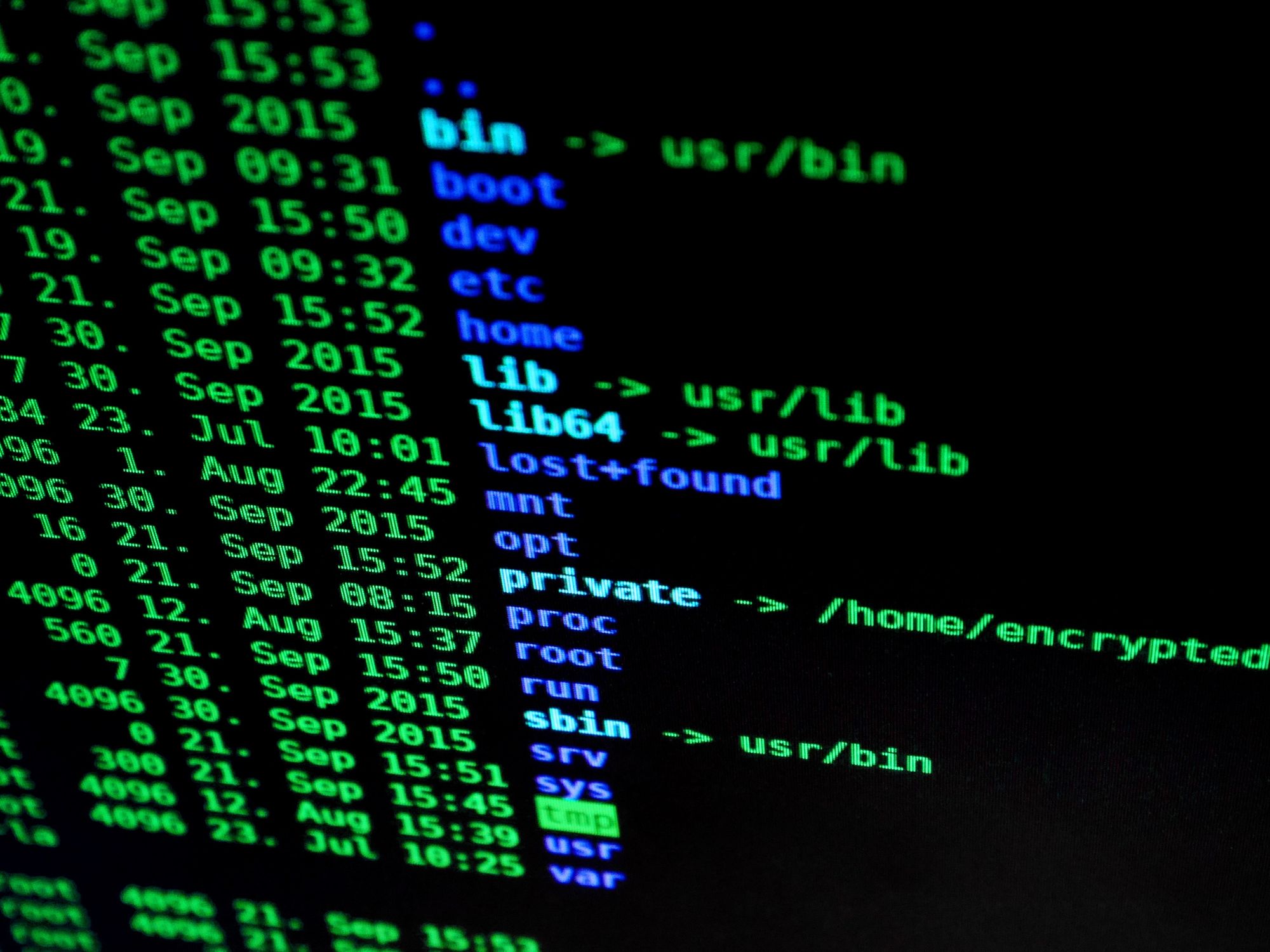Remote work has become increasingly popular in recent years, especially with the advent of the COVID-19 pandemic. While remote work offers many benefits, such as increased flexibility and reduced commuting time, it also comes with its fair share of cybersecurity risks. In fact, remote work can create an expanded attack surface for cybercriminals to exploit, as well as expose sensitive data to unauthorized access.
Some of the most common cybersecurity risks associated with remote work include phishing attacks, insecure Wi-Fi networks, and weak passwords. Phishing attacks are a common tactic used by cybercriminals to trick remote workers into divulging sensitive information, such as login credentials or credit card information. Insecure Wi-Fi networks can also pose a significant risk, as they can be easily compromised by cybercriminals who are looking to intercept sensitive data. Weak passwords are another major risk, as they can be easily guessed or cracked by cybercriminals.
Fortunately, there are several steps that remote workers can take to mitigate these risks. For example, using a virtual private network (VPN) can help to secure remote connections and prevent unauthorized access. Password managers can also be used to generate strong, unique passwords for each online account, reducing the risk of password-related attacks. By taking these and other precautions, remote workers can help to protect themselves and their sensitive data from cyber threats.
Understanding Remote Work Cybersecurity Risks
Remote work has become more prevalent in recent years, and even more so in the wake of the COVID-19 pandemic. While remote work has its benefits, it also comes with its own set of cybersecurity risks that organizations need to be aware of. In this section, we will discuss some of the most common remote work cybersecurity risks and how to mitigate them.
Phishing Attacks
Phishing attacks are one of the most common types of cyberattacks, and they can be particularly effective in a remote work environment. Phishing attacks can come in many forms, such as emails, text messages, or social media messages. They are designed to trick the recipient into clicking on a link or downloading an attachment that contains malware or a virus.
To mitigate the risk of phishing attacks, organizations should provide regular training to their employees on how to identify and report phishing attempts. Additionally, implementing email filters and anti-phishing software can help prevent these attacks from reaching employees in the first place.
Unsecured Networks
When employees work remotely, they often use public Wi-Fi networks or their own personal networks. These networks are often unsecured, which can make it easier for cybercriminals to intercept sensitive data or launch attacks.
To mitigate the risk of unsecured networks, organizations should encourage employees to use virtual private networks (VPNs) when accessing company resources. VPNs create a secure, encrypted connection between the employee's device and the company's network, making it more difficult for cybercriminals to intercept data.
Weak Passwords
Weak passwords are a common vulnerability in any cybersecurity program, but they can be particularly problematic in a remote work environment. Employees may be more likely to reuse passwords or choose easily guessable passwords, which can make it easier for cybercriminals to gain access to sensitive data.
To mitigate the risk of weak passwords, organizations should encourage employees to use strong, unique passwords for each account they use. Password managers can also be a useful tool for employees to generate and store complex passwords securely.

Mitigating Cybersecurity Risks in Remote Work
Using VPNs
One of the most effective ways to mitigate cybersecurity risks in remote work is by using Virtual Private Networks (VPNs). VPNs create a secure connection between the user's device and the internet, making it difficult for hackers to intercept data. By using a VPN, remote workers can access company resources and communicate with colleagues without exposing sensitive information to cyber threats.

Two-Factor Authentication
Another way to mitigate cybersecurity risks in remote work is by implementing two-factor authentication (2FA). 2FA requires users to provide two forms of identification before accessing an account, such as a password and a fingerprint scan. This extra layer of security makes it more difficult for hackers to gain access to sensitive information, even if they manage to obtain a user's password.
Employee Training
Employee training is crucial in mitigating cybersecurity risks in remote work. Remote workers should be trained on how to identify and avoid common cyber threats, such as phishing scams and malware. Additionally, they should be taught how to create strong passwords and use password managers to securely store them. By educating remote workers on cybersecurity best practices, companies can reduce the likelihood of a cyber attack. In conclusion, mitigating cybersecurity risks in remote work requires a multi-faceted approach that includes the use of VPNs, two-factor authentication, and employee training. By implementing these measures, companies can significantly reduce the risk of a cyber attack and protect sensitive information from falling into the wrong hands.
Best Practices for Remote Work Cybersecurity
Regular Software Updates
Regular software updates are essential for maintaining the security of remote work environments. Cybercriminals often exploit vulnerabilities in outdated software to gain unauthorized access to sensitive data. IT departments should ensure that all devices used for remote work are updated with the latest security patches and software versions.
Data Backup and Recovery
Data loss can occur due to various reasons, including hardware failure, malware attacks, and human error. To mitigate the risk of data loss, employees should regularly back up their work data to a secure location. In the event of a data loss, IT departments should have a recovery plan in place to minimize the impact of the loss.
Monitoring for Suspicious Activity
Monitoring for suspicious activity is crucial for detecting and preventing cyberattacks. IT departments should implement monitoring tools that can detect unusual network activity, such as unauthorized access attempts and data exfiltration. Employees should also be trained to recognize and report suspicious activity to the IT department. Using VPNs and password managers can also help enhance remote work cybersecurity. VPNs encrypt network traffic, making it difficult for cybercriminals to intercept sensitive data. Password managers can help employees create and manage complex passwords, reducing the risk of password-related attacks. By following these best practices, organizations can mitigate the most common cybersecurity risks associated with remote work.









